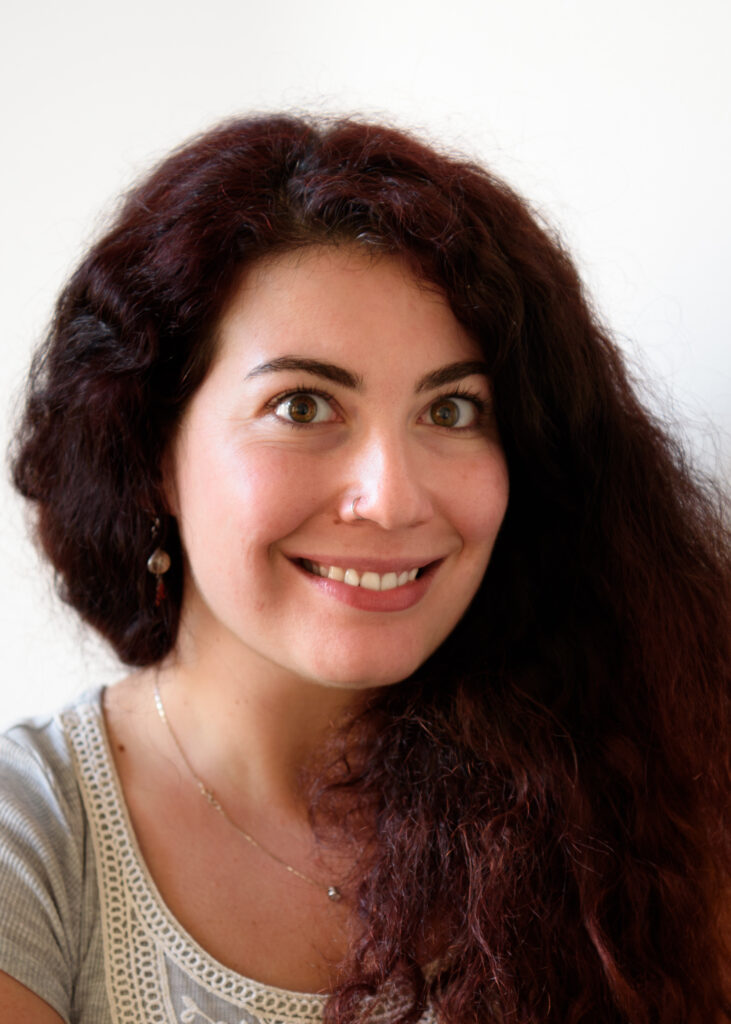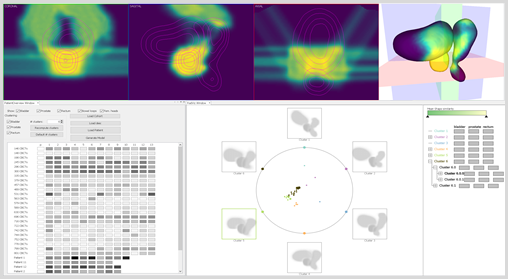
2021-04-16
10:15 - 11:15
Visual Computing Forum
Renata Raidou is Assistant Professor (Tenure Track) in Medical Visualization and Visual Analytics at TU Wien, Austria. She also holds a partial employment at the University of Groningen, the Netherlands, where she was previously employed as Assistant Professor (Tenure Track Rosalind Franklin Fellow). She did her Post-Doc at TU Wien, and she received her Ph.D. from Eindhoven University of Technology, the Netherlands, in 2017. The topic of her dissertation was “Visual Analytics for Digital Radiotherapy: Towards a Comprehensible Pipeline”, and for the results of her work, she obtained the Best Ph.D. Award 2018 of the EuroVis Awards Programme. Additionally, she was awarded the Dirk Bartz Prize for Visual Computing in Medicine (1st Place) at Eurographics 2017. Her research focus is on the interface between Visual Analytics, Image Processing, and Machine Learning, with a strong focus on medical applications — in particular, cancer radiotherapy. Her domains of expertise are Comparative Visual Analytics and Uncertainty Visualization. Recently, she also got enthusiastic about Data Physicalization, and its application to Anatomical Edutainment. For more info: https://renataraidou.com/
Abstract:
The term P4 (personalized, predictive, preventive, and participatory) medicine was coined almost a decade ago to indicate novel ways of early detection and prevention of diseases. P4 indicates that a diagnosis or treatment is tailored to each individual patient, risk factors are identified early and addressed before manifestation, and patients are actively involved into diagnosis and treatment. In this talk, I will discuss recent visual analytics approaches that support the personalization, predictiveness and prevention aspects within the context of prostate cancer radiotherapy–empowering clinical research with new possibilities for more targeted and robust patient treatment. I also will discuss recent trends in physicalization, applied within the context of anatomical edutainment, to engage laymen or schoolchildren, though the use of inexpensive and accessible computer-generated physical models.

